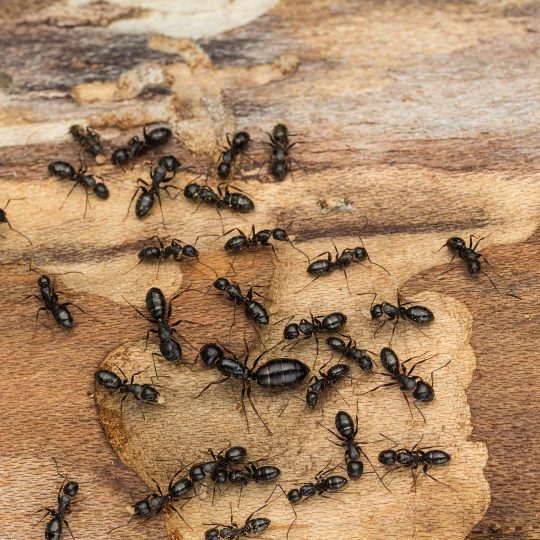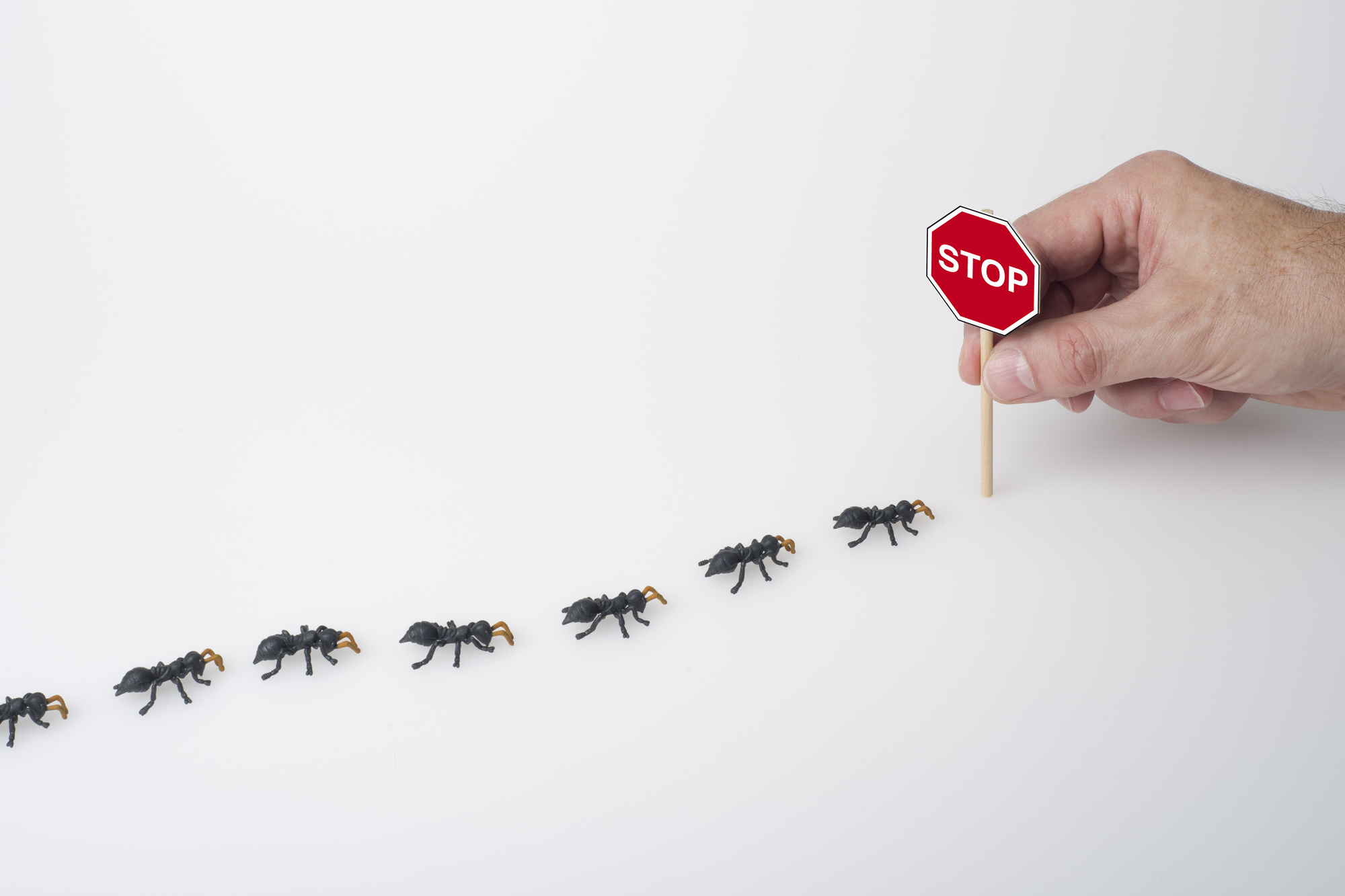Environmental Impact of Insect Control: Balancing Performance With Sustainability
The environmental influence of pest control is a crucial concern that calls for a fragile balance between achieving performance in taking care of insects and guaranteeing sustainability of our environments. As we aim to protect our plants, homes, and health and wellness from the risks posed by parasites, the techniques we employ can accidentally damage the setting. From using damaging chemicals that permeate into our dirt and water to the unplanned repercussions on non-target varieties, the consequences of conventional parasite control methods are significant. There are emerging methods that offer hope for a more lasting approach to pest administration. These solutions not only aim to attend to the prompt bug troubles but likewise take into consideration the long-lasting health and wellness of our planet.
Damaging Chemicals in Pest Control
The application of unsafe chemicals in bug control postures substantial ecological and wellness risks that require cautious consideration and mitigation techniques. Herbicides, chemicals, and insecticides are commonly made use of to remove bugs, however their extensive application can result in unintentional effects. These chemicals can contaminate soil, water resources, and the air, influencing not only the targeted insects but likewise beneficial pests, wild animals, and people.

To resolve these risks, integrated insect management (IPM) techniques are being promoted as a more lasting choice. IPM entails a mix of techniques such as biological control, habitat control, and the targeted usage of chemicals as a last hope (ant control pineville nc). By taking on an alternative technique to pest control, we can lessen the ecological and health and wellness effects linked with harmful chemicals while effectively taking care of pest populaces
Effect On Non-Target Variety
Taking into consideration the unintended consequences of bug control techniques, the influence on non-target types is an important element that requires detailed evaluation. While pest control measures aim to target certain bugs, various other organisms in the ecological community might be accidentally impacted. Non-target varieties, including valuable insects, birds, mammals, and also plants, can suffer indirect or direct harm from chemical applications or biological control methods.
Pesticides designed to combat a specific insect parasite may harm pollinators like bees or all-natural killers such as ladybugs. Organic control representatives, if not species-specific, can pose risks to unintentional targets, interrupting the environmental balance.
To alleviate the effect on non-target species, integrated pest management (IPM) methods that highlight an all natural method to pest control are suggested. These methods focus on making use of eco-friendly methods, lessening damage to beneficial organisms while efficiently managing pest populaces. Carrying out extensive danger evaluations and monitoring the results of bug control efforts are necessary action in safeguarding non-target species and advertising general community health.
Dirt and Water Contamination
Unplanned ecological consequences of bug control techniques extend past affecting non-target species, with substantial implications for Website dirt and water contamination. Chemicals, herbicides, and chemical plant foods used in parasite control can leach into the soil and pollute groundwater, posing a hazard to both marine and terrestrial environments. Dirt contamination can interfere with the equilibrium of microbes necessary for nutrient biking and plant growth, bring about reduced soil fertility and performance. These chemicals can continue in the environment for prolonged durations, building up in the dirt and potentially getting in the food chain.
Water contamination is an additional important concern related to pest control methods. Overflow from agricultural areas treated with chemicals can lug these chemicals into nearby water bodies, impacting water organisms and water top quality. Impurities in water sources can have far-reaching repercussions, influencing not just marine life but likewise human wellness via the intake of infected water or water organisms. To reduce soil and water contamination from insect control activities, integrated insect monitoring strategies that prioritize sustainability and minimize chemical inputs are essential.
Air Air Pollution From Chemical Use
Direct exposure to airborne chemicals during farming applications poses a substantial worry for air contamination control steps. In addition, pesticide drift, where chemicals are carried by the wind to unexpected areas, can lead to the contamination of close-by ecosystems and water bodies.

Approaches for Sustainable Bug Control
In the world of agricultural methods, applying lasting pest control methods is vital for keeping ecological balance and securing plant returns. Lasting bug control emphasizes the use of ecologically pleasant approaches to take care of pest populations successfully while reducing harm to non-target microorganisms and communities. Integrated Pest Administration (IPM) is a commonly embraced method that integrates biological, cultural, physical, and chemical control methods to accomplish long-term bug management options.
Crop rotation and diversification are also reliable strategies to disrupt pest life cycles and develop less favorable problems for pests to prosper. Ultimately, by incorporating these lasting pest control approaches, farmers can achieve an equilibrium between pest management performance and environmental stewardship.
Final Thought
Finally, the environmental influence of parasite control approaches should be carefully thought about to stabilize effectiveness with sustainability. Hazardous chemicals made use of in pest control can cause soil and water contamination, air contamination, and harm non-target types - ant control services. It is critical to execute lasting pest control strategies to minimize these adverse results on the atmosphere and advertise a much healthier community for future generations
By adopting a holistic method to pest control, we can decrease the ecological and health influences connected with hazardous chemicals while successfully managing pest populations.

To mitigate the air pollution created by pesticide usage, it is important to embrace incorporated insect administration techniques that prioritize the usage of non-chemical insect control techniques, such as crop turning, all-natural predators, and immune crop ranges. Lasting parasite control highlights the use of environmentally friendly methods to manage pest populaces successfully while decreasing damage to non-target organisms and ecosystems. Integrated Bug Management (IPM) is an extensively adopted approach that incorporates organic, cultural, physical, and chemical control techniques to accomplish lasting bug administration solutions.